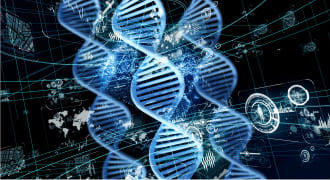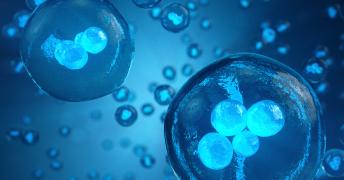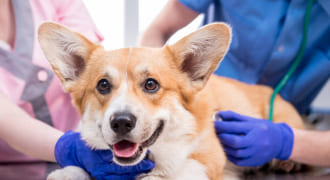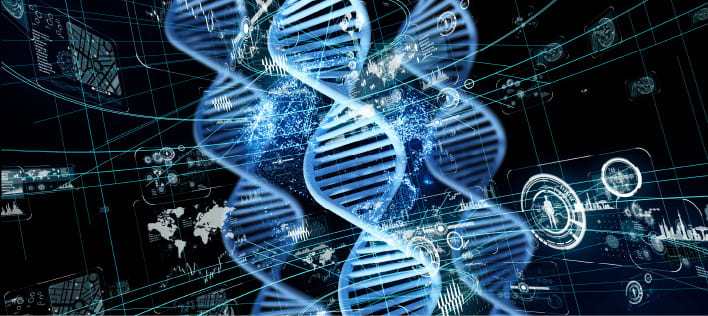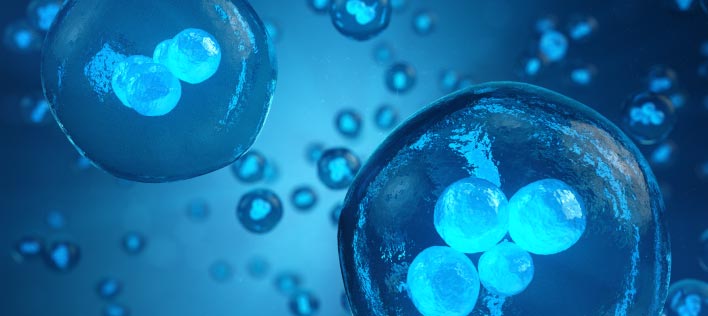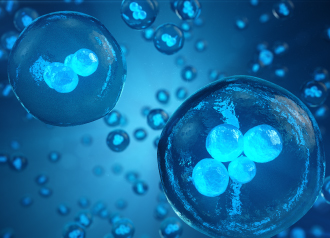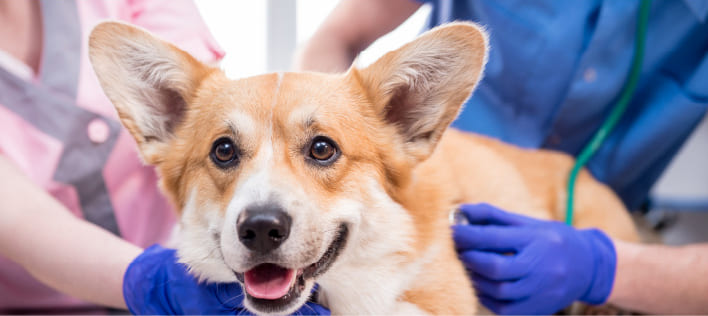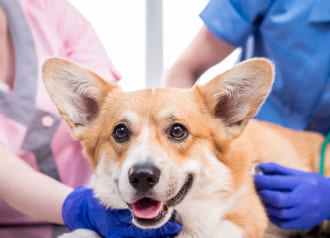What is animal iPS cell?
You may have heard of human iPS cells. iPS cells are pluripotent stem cells that are artificially established by genetical manipulation. In August 2006, Professor Shinya Yamanaka of Kyoto University established iPS cells for the first time in the world. [Induced pluripotent stem cells] are called iPS cells because they have the ability to differentiate into cells of various tissues and organs and the ability to proliferate almost infinitely. This revolutionary achievement earned him the Nobel Prize in Physiology or Medicine in 2012, and now many regenerative medicine technologies utilizing iPS cells are being developed both in Japan and overseas. As for why iPS cells are revolutionary in the first place, all human cells are actually derived from a single fertilized egg, so all cells have the same genome (genetic information). However, each cell in skin, eyes, hair, blood, etc. is programmed so that only necessary genes are switched on. Although new cells are produced and replace old cells every day, the basic program does not change; so even if the skin cells are renewed, they are still skin cells and will not become cells of different parts of the body. And iPS cells have made it possible to “reprogram” this program safely and relatively easily from an ethical point of view.

Now, let's talk about animal regenerative medicine. Compare to mice, rats, and humans, it is known to be more difficult to generate iPS cells in animals such as dogs (also known as pluripotency-induced resistance). Reprogramming factors are used to induce iPS cells, and even a small amount of these factors can cause abnormalities in tumorigenesis and cell differentiation. It is extremely difficult to establish iPS cells in which the reprogramming factor had completely eliminated. Under the difficult circumstances, Professor Kazuya Edamura of Veterinary Surgery, College of Bioresource Sciences, Nihon University, Associate Professor Seiji Shiozawa of Kurume University School of Medicine, and Professor Hideyuki Okano of Department of Physiology, Keio University School of Medicine has joined force and finally solved the problem in 2021, and utilized our unique technology to establish iPS cells suitable for clinical application. Analysis of the iPS cells established by our technology revealed that the reprogramming factors have completely eliminated, making it an important technology that forms the basis for utilizing iPSC to treat various animal diseases. Utilizing this technology, Vetanic is working with Professor Kazuya Edamura, Associate Professor Seiji Shiozawa, and other reliable colleagues to research and develop various regenerative medicine products, including iPS cell-derived canine mesenchymal stem cells (MSCs). we are aiming to apply to the Ministry of Agriculture, Forestry and Fisheries for manufacturing and marketing approval as a regenerative medicine product for practical use to cure animal diseases based on the Pharmaceutical Affairs Law.
-
What is iPS cell?
iPS cells are pluripotent stem cells that are artificially established by genetical manipulation. Professor Shinya Yamanaka of Kyoto University succeeded in establishing iPS cells for the first time in the world in August 2006, and was awarded the Nobel Prize in Physiology or Medicine in 2012. Professor Yamanaka and his colleagues have succeeded in establishing cells that have the ability to differentiate into any living tissue by incorporating genes in cells that are destinated to differentiate into skin or other tissues. This is an revolutionary discovery that reprograms mature cells to a state of pluripotency; which rewinds the time of cells, and is expected to be useful in future regenerative medicine and drug discovery research.
-
What is ES cell?
Cell that can produce the cell, which makes up the animal body, such as blood, nerves, liver, and pancreas. It is an Abbreviation for Embryonic Stem cell. It is obtained by culturing cells extracted from an early embryo that has just begun to divide after fertilization. It has the ability to differentiate into all the cells that make up the body of an animal; as it can proliferate indefinitely, it has attracted attention for its application in regenerative medicine. However, egg and sperm need to be extracted in order to obtain fertilized eggs or to make them by in vitro fertilization. Currently, the National Center for Child Health and Development and Kyoto University have authority to produce human ES cells in Japan, .
-
What is
mesenchymal stem cell (MSC)?MSCs are one of the stem cells inherent in the body (somatic stem cells), and have the ability to self-renew and differentiate into other cells. Although the types of cells that can be differentiated are limited compare to iPS cells, it can differentiate into various cells such as bone, cartilage, and fat, and has the ability to secrete nutritional factors as well as anti-inflammatory effects; so its application in regenerative medicine has attracted many attentions. MSC preparations that have already been approved for humans are also on the market, and the track record of disease treatment is being accumulated. Currently, MSCs collected and proliferated from fat, bone marrow, peripheral blood, etc. are used clinically.


